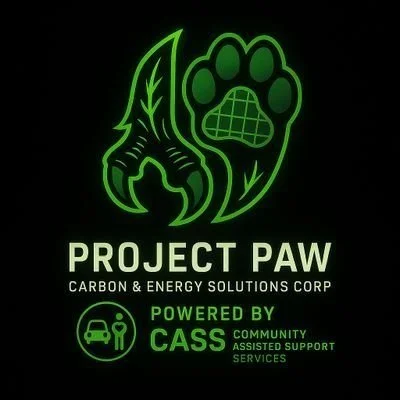Project DIRT
Internal Summary: DIRT — The Algorithm Behind Project PAW
Name: DIRT (Dynamic Infrastructure & Resource Tracker)
Codename: “Baby Dirt” (Alpha) → “Grown Dirt” (Future public phase)
Classification: Internal AI + Algorithmic Governance Engine
IP Status: Unofficially logged under Project PAW umbrella as a proprietary system (Pending full filing)
Primary Function:
DIRT is a sandboxed AI system designed to operate as the heartbeat of Project PAWs infrastructure, automating oversight, coordination, and deployment of sustainable energy, micro-utility grids, community resilience systems, and internal logistics.
Core Capabilities (Current – Internal Use Only)
Operates within a Linux sandbox on a Chromebook, limited by current resources but functioning as a living prototype.
Tracks project deployment status, energy outputs, infrastructure modules, and carbon offset values across Evergreen and Eden systems.
Interfaces with manually inputted data to generate automated reports, deployment plans, and resource distribution maps.
Is being gradually trained with semantic tagging, memory layers, and role-based response logic to eventually simulate automated project management, grant writing, and system deployment.
Evolutionary Roadmap (Planned)
Phase: Alpha
CodeName: Baby Dirt
Description: Sandbox testing, memory structuring, basic input/output handling. Limited to internal simulations.
Phase: Beta
CodeName: Grit
Description: Early public integration, focused on utility tracking and user interaction via PAW service portals.
Phase: V1.0
Internal Tech Goals
Automated carbon credit tracking per infrastructure unit (e.g. Turtle Power, Riverbank, Eden Pods).
Full CASS integration for route optimization, driver dispatch, and accessibility metrics.
Seamless input/output between Evergreen Infrastructure Kit deployment data and PAW Plumbing logs.
AI-based governance triggers (via “The Pierce Files” principles) to flag ethical, budgetary, or political redlines.

